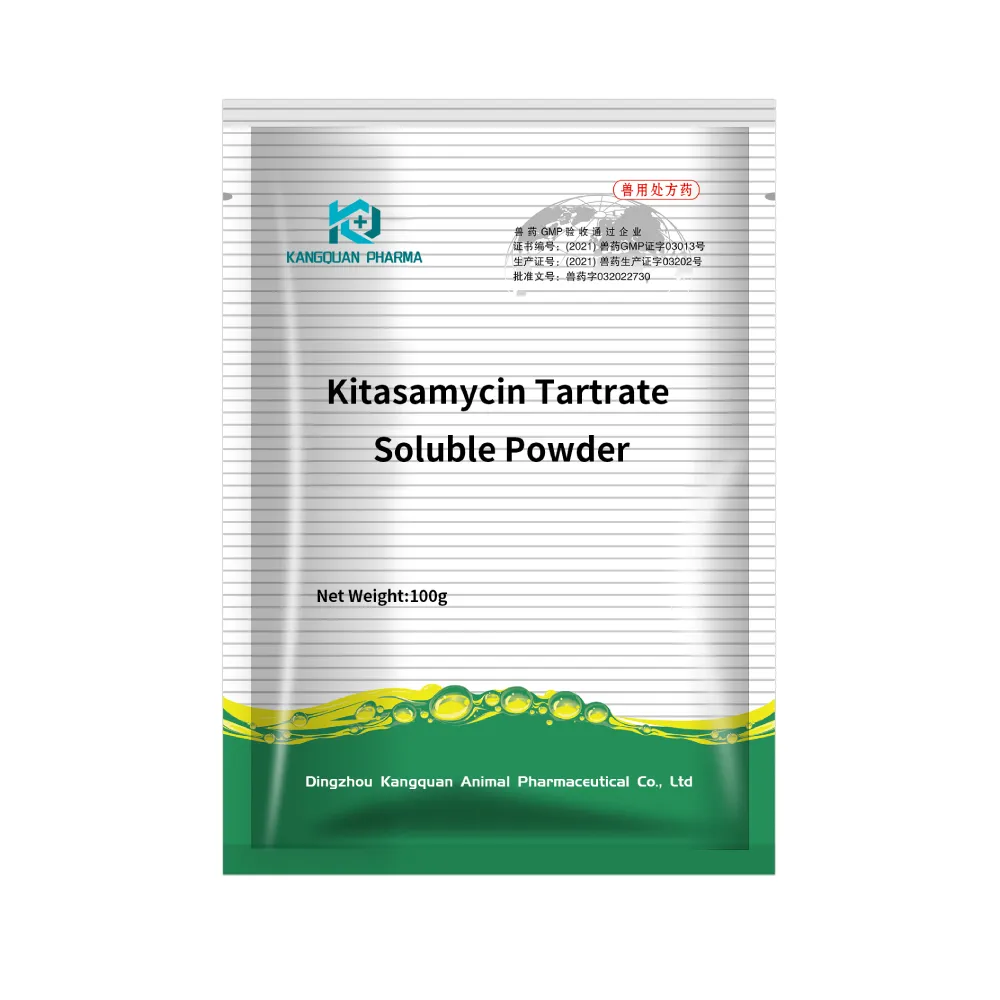- Afrikaans
- Albanian
- Amharic
- Arabic
- Armenian
- Azerbaijani
- Basque
- Belarusian
- Bengali
- Bosnian
- Bulgarian
- Catalan
- Cebuano
- Corsican
- Croatian
- Czech
- Danish
- Dutch
- English
- Esperanto
- Estonian
- Finnish
- French
- Frisian
- Galician
- Georgian
- German
- Greek
- Gujarati
- Haitian Creole
- hausa
- hawaiian
- Hebrew
- Hindi
- Miao
- Hungarian
- Icelandic
- igbo
- Indonesian
- irish
- Italian
- Japanese
- Javanese
- Kannada
- kazakh
- Khmer
- Rwandese
- Korean
- Kurdish
- Kyrgyz
- Lao
- Latin
- Latvian
- Lithuanian
- Luxembourgish
- Macedonian
- Malgashi
- Malay
- Malayalam
- Maltese
- Maori
- Marathi
- Mongolian
- Myanmar
- Nepali
- Norwegian
- Norwegian
- Occitan
- Pashto
- Persian
- Polish
- Portuguese
- Punjabi
- Romanian
- Russian
- Samoan
- Scottish Gaelic
- Serbian
- Sesotho
- Shona
- Sindhi
- Sinhala
- Slovak
- Slovenian
- Somali
- Spanish
- Sundanese
- Swahili
- Swedish
- Tagalog
- Tajik
- Tamil
- Tatar
- Telugu
- Thai
- Turkish
- Turkmen
- Ukrainian
- Urdu
- Uighur
- Uzbek
- Vietnamese
- Welsh
- Bantu
- Yiddish
- Yoruba
- Zulu
Nov . 20, 2024 15:12 Back to list
ivermectin injectable dosage for cattle
Ivermectin Injectable Dosage for Cattle Guidelines and Considerations
Ivermectin is a broad-spectrum anti-parasitic agent widely used in veterinary medicine, particularly for cattle. This drug is effective against a range of parasites, including internal nematodes, ectoparasites like lice and flies, and certain external parasites. Proper administration and dosage of ivermectin are crucial for maximizing its efficacy while minimizing potential side effects and resistance development. In this article, we will explore the recommended dosages, administration methods, and important considerations when using ivermectin injectable solutions in cattle.
Understanding Ivermectin and Its Mechanism of Action
Ivermectin works by binding to glutamate-gated chloride channels and GABA receptors in the nerve and muscle cells of parasites. This action causes paralysis and death of the parasites, facilitating their elimination from the host animal. Because of this potent mechanism, ivermectin is highly effective against a wide variety of parasites commonly found in cattle.
Recommended Dosage
The typical injectable dosage of ivermectin for cattle is 200 micrograms per kilogram of body weight (µg/kg). This dosage is effective for controlling a variety of parasites. It is essential to carefully weigh the animal to ensure accurate dosing, as overdosing can lead to toxic effects, while underdosing may not be effective against the targeted parasites.
For practical application, ivermectin is usually administered subcutaneously (under the skin) as it allows for efficient absorption into the bloodstream. The injectable formulation should be shaken well before use to ensure homogeneity and accurate dosing. Following the manufacturer’s guidelines, the dosage can be administered using a sterile syringe and needle.
Administration Method
1. Preparation Gather all necessary materials, including the ivermectin injectable solution, a sterile syringe, and a needle (preferably a size between 16 to 18 gauge for cattle). 2. Site Selection The recommended site for subcutaneous injection in cattle is the loose skin around the neck or behind the shoulder blade. This area allows for better absorption and minimizes discomfort for the animal.
ivermectin injectable dosage for cattle

3. Injection Technique - Restrain the animal securely but gently to avoid stress. - Clean the injection site with an antiseptic wipe to minimize the risk of infection. - Insert the needle at a 45-degree angle to the skin and deposit the solution slowly. - Dispose of the syringe and needle properly after use to maintain hygiene and prevent injury.
4. Post-Administration Care Monitor the animal for any signs of adverse reactions or stress following the injection. Most cattle will respond well to ivermectin treatment without any adverse effects, but it is essential to watch for symptoms such as swelling at the injection site or any signs of allergic reactions.
Important Considerations
- Reservoirs of Resistance Improper use or underdosing of ivermectin can contribute to the development of drug-resistant parasite populations. It is crucial to follow the recommended dosages strictly and consider rotating with other anthelmintics to mitigate resistance.
- Withdrawal Period Cattle treated with ivermectin must adhere to a withdrawal period before slaughter or milk production. This is vital to ensure that ivermectin residues do not enter the human food chain. The withdrawal time varies depending on the formulation used, so it’s essential to refer to the product's label.
- Consultation with a Veterinarian Before administering any medication, including ivermectin, consulting with a veterinarian is highly recommended. A veterinarian can provide tailored advice based on the specific health status of the cattle, existing parasite loads, and best management practices.
Conclusion
Ivermectin injectable is a critical tool in the control of parasitic infections in cattle. By understanding the appropriate dosages, administration techniques, and considerations for use, farmers and livestock handlers can effectively manage the health of their herds. Keeping abreast of best practices and consulting professionals will help ensure that cattle remain healthy and productive while minimizing the risks associated with drug resistance and residues.
-
Guide to Oxytetracycline Injection
NewsMar.27,2025
-
Guide to Colistin Sulphate
NewsMar.27,2025
-
Gentamicin Sulfate: Uses, Price, And Key Information
NewsMar.27,2025
-
Enrofloxacin Injection: Uses, Price, And Supplier Information
NewsMar.27,2025
-
Dexamethasone Sodium Phosphate Injection: Uses, Price, And Key Information
NewsMar.27,2025
-
Albendazole Tablet: Uses, Dosage, Cost, And Key Information
NewsMar.27,2025













